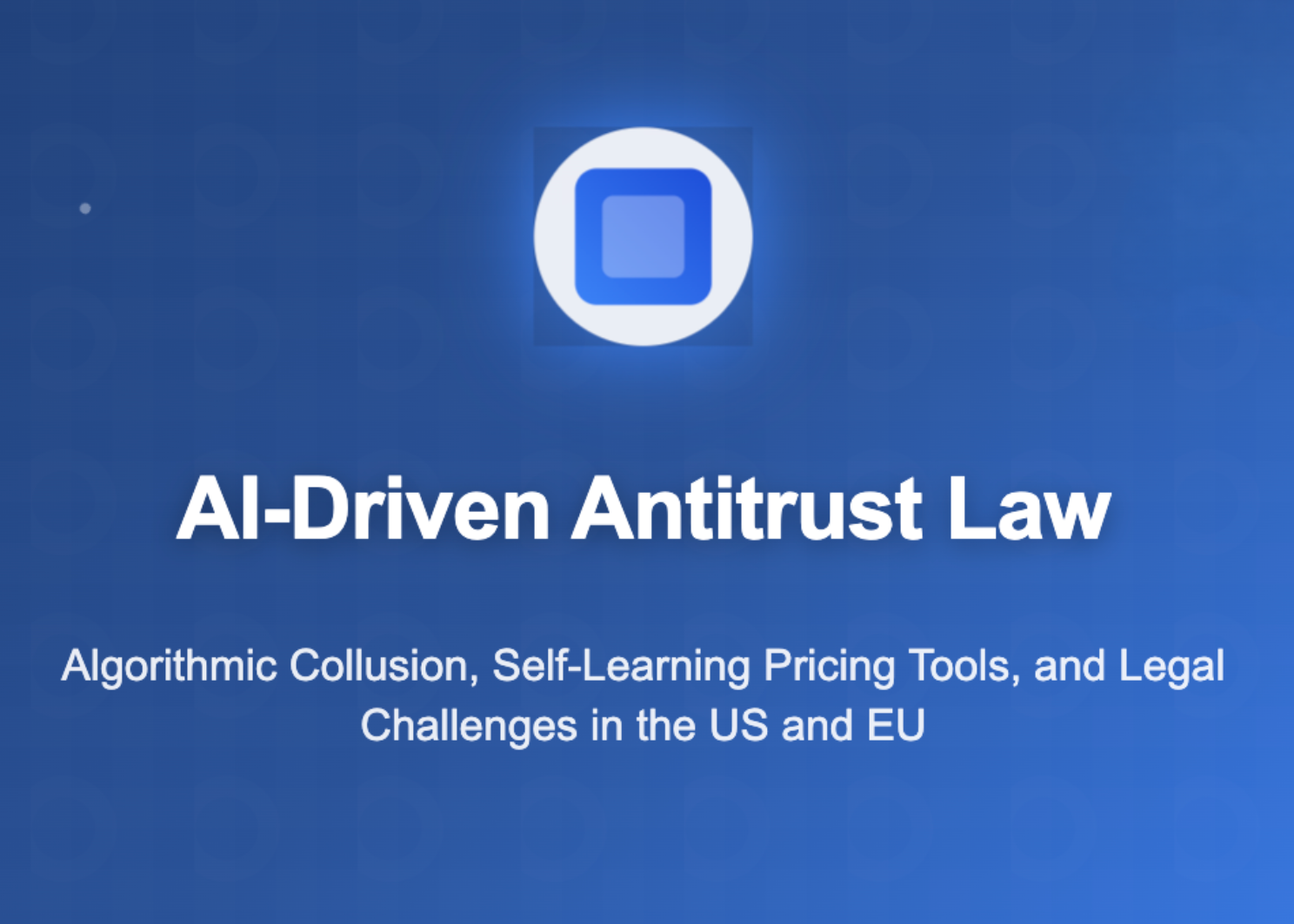
Navigating AI-Driven Antitrust Challenges in Market Economics
In recent discussions surrounding antitrust and competition law, the rise of AI-driven pricing models has sparked significant debate among economists and legal experts alike. These models, particularly those employing reinforcement learning (RL), have been shown to create outcomes that closely resemble traditional collusion, thereby fundamentally altering market dynamics.
The Role of AI in Pricing Strategies
Unlike human-set pricing strategies in oligopoly models, AI agents such as Q-learning autonomously learn from data to develop their pricing tactics. This capability often leads to supra-competitive pricing, as these agents can detect rivals’ actions and adjust their own strategies in real-time. As a result, AI algorithms can mimic tacit collusion without any direct coordination, resulting in more stable high-price outcomes that surpass what human actors could achieve.
Concerns and Challenges
Despite the potential benefits, skepticism remains regarding the efficacy of independent AI agents in forming stable collusive strategies, especially in complex and noisy markets. Economists argue that without direct coordination, such as through shared data, these agents may struggle to maintain collusion-like behaviors. When AI-based coordination occurs through the sharing of pricing data, it may run afoul of antitrust laws.
The Opacity of AI Algorithms
One of the primary challenges in regulating AI-driven pricing is the opacity of many deep learning models, which are often considered black boxes. This lack of transparency makes it difficult for regulators to determine whether pricing outcomes are the result of collusion or are simply the result of legitimate optimization processes. The interaction between multiple agents and the feedback loops created by their behavior complicate the regulatory landscape even further.
Conclusion
As AI continues to reshape market economics, the implications for antitrust laws and competition are profound. Legal experts and regulators face the daunting task of addressing these challenges to ensure fair market practices while fostering innovation in AI-driven technologies.
Rocket Commentary
The article highlights a critical concern regarding AI-driven pricing models and their potential to mimic collusion, raising alarms about market integrity. While the ability of reinforcement learning algorithms to adapt and optimize pricing strategies signifies a leap forward in AI application, it simultaneously poses ethical dilemmas and regulatory challenges. As businesses increasingly adopt these technologies, stakeholders must prioritize transparency and fairness in AI implementations to mitigate risks of supra-competitive pricing. Emphasizing an ethical framework for AI can ensure that its transformative potential enhances competition rather than undermines it, fostering an environment where innovation benefits consumers and markets alike.
Read the Original Article
This summary was created from the original article. Click below to read the full story from the source.
Read Original Article